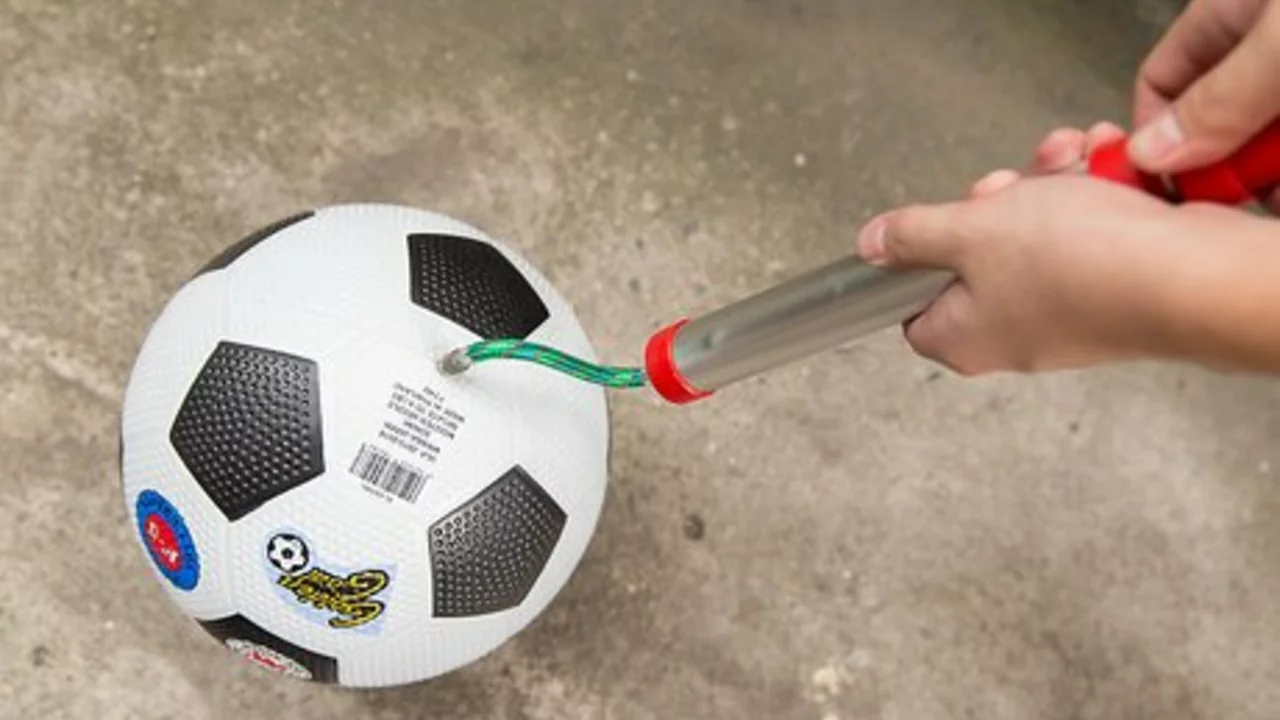Soccer Ball Basics: What Every Player Should Know
If you love kicking a ball around, the first thing to get right is the ball itself. A good soccer ball feels right in your feet, rolls true on the pitch, and lasts season after season. In this guide we’ll cover where the soccer ball came from, the main types you’ll see on the field, and simple steps to pick the perfect one for your game.
From Leather to Modern Panels
The soccer ball started life as a leather sack stuffed with animal hair. Those early balls were heavy, got soggy in rain, and bounced unpredictably. By the 1960s manufacturers switched to synthetic leather and added stitched panels, which made the ball smoother and lighter. Today most balls use polyurethane (PU) or thermoplastic polyurethane (TPU) layers with a 32‑panel design that gives a consistent flight path.
Why does this matter? A ball with good surface texture grips the grass, so you can control it better. A smoother ball travels faster, which is why professional leagues often use premium match balls that balance grip and speed.
Choosing the Right Ball for Your Needs
Not every ball is built for the same purpose. Here are three common categories:
- Training balls – Made from durable PU, they tolerate rough surfaces and heavy use. Perfect for practice sessions, youth teams, and indoor courts.
- Match balls – Usually feature a softer layer for better touch and a more aerodynamic shape. Used in official games and by serious players who want performance.
- Recreational balls – Light, cheap, and often made from basic rubber. Good for a quick kickabout in the park, but they lose shape quickly.
When you shop, check the ball’s size (Size 5 for adults, Size 4 for youth, Size 3 for kids), weight (between 410‑450 g for a Size 5 ball), and pressure range (usually 0.6‑1.1 bar). A ball that’s too light will fly past you, while a heavy one can strain your leg muscles.
If you’re unsure, feel the ball in your hands. It should feel firm but not rock‑hard. Squeeze it – a slight give means the inner bladder is healthy. Also look for the ball’s warranty; many brands offer a 12‑month guarantee against deflation.
For players who track their performance, consider a ball with a QR code or NFC chip. Scan it with your phone and you’ll get data on distance traveled, speed, and kicks logged. It’s a neat way to see improvement over time.
Finally, remember to keep your ball inflated to the recommended pressure. A flat ball won’t roll properly and can damage the seams. Use a hand pump with a pressure gauge and check the pressure before every session.
Whether you’re buying your first ball or replacing a worn‑out one, the right choice can boost your confidence and make every drill feel smoother. Keep these tips in mind, and you’ll find a ball that fits your style, budget, and playing conditions.
What is the proper air pressure for a soccer ball?
In my recent exploration, I found out that the proper air pressure for a soccer ball is quite important. According to official soccer rules, the ball should be inflated to a pressure between 8.5 to 15.6 psi (pounds per square inch). The variation in pressure can change the ball's performance, making it either too bouncy or too sluggish. Therefore, maintaining the right pressure is crucial for a fair and enjoyable game. It's always best to have a pressure gauge handy to ensure the ball is properly inflated for the game ahead.
Kieran Donovan | Jul, 12 2023 Read More
